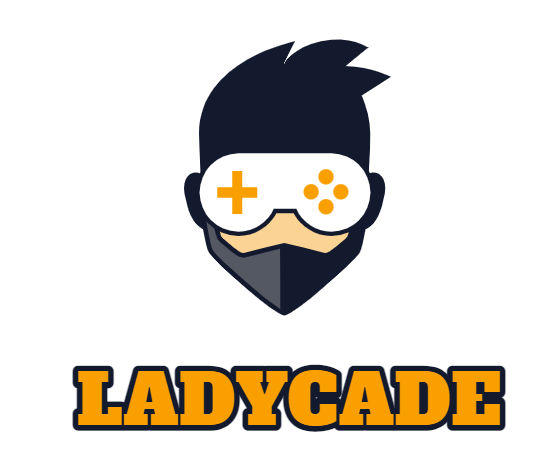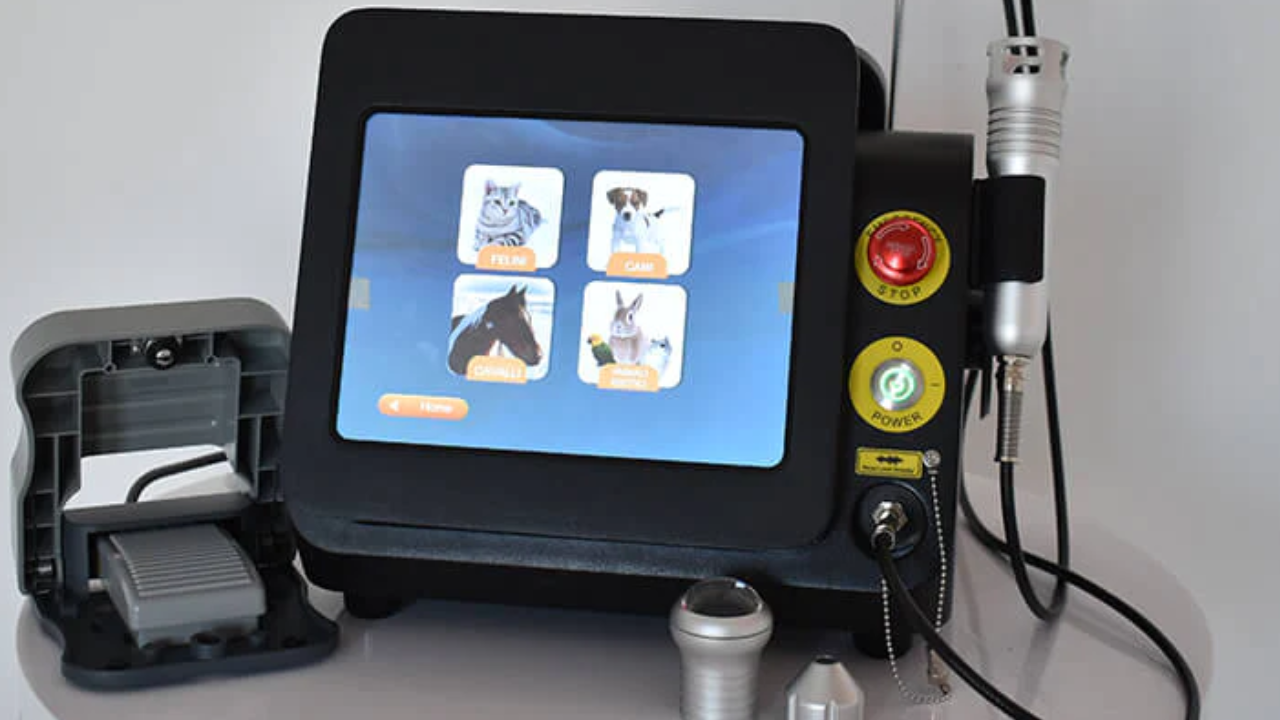High-intensity laser therapy (HILT), another name for class 4 laser therapy, is a medical procedure that uses powerful lasers to stimulate cellular activity and aid in tissue healing. Class 4 lasers are capable of deeper tissue penetration since they have a power output greater than 500 milliwatts, in contrast to lower-class lasers. Using the idea of photobiomodulation, this treatment increases cellular metabolism, improves blood circulation, and decreases inflammation by utilizing particular light wavelengths.
Class 4 laser treatment is widely used in clinical settings to treat a variety of illnesses, including musculoskeletal problems, pain management, soft tissue injuries, neurological disorders, and dermatological uses. To know more about cold laser therapy must go now to our website. During sessions, safety measures are put in place, such as wearing protective glasses, and treatment programs are tailored to each patient's needs.
Can Class 4 Laser Therapy Be Used For Scar Reduction?
Yes, scar removal with Class 4 laser therapy has proven to be successful. Through collagen remodeling and improved tissue repair, the therapy can make scars seem better. Class 4 lasers have a high power output that enables them to target scar tissue at different depths in the skin. This procedure lessens inflammation, thins the scar tissue, and improves the scars' overall esthetic appearance. To guarantee safe and efficient treatment, it's crucial to speak with a trained healthcare provider about whether Class 4 laser therapy is appropriate for achieving certain scar reduction objectives.
Diseases Can Be Addressed By Class 4 Laser Therapy
Higher power output from class 4 lasers enables deeper tissue penetration. This makes them especially useful for treating ailments including neurological, inflammatory, and musculoskeletal problems. Disorders Handled by Class IV Laser Therapy
Musculoskeletal Disorders
When it comes to treating the pain and inflammation brought on by various types of arthritis, class 4 laser therapy has demonstrated encouraging outcomes. Because the therapy reduces inflammation and promotes the creation of collagen, it can help injured tendons mend. Class 4 laser therapy is a good alternative for treating sprains and strains since it speeds up tissue recovery.
Pain Management
High-intensity laser energy is delivered to target tissues in class 4 laser therapy, which is used to manage pain. It relieves pain related to musculoskeletal injuries, neuropathy, and arthritis by enhancing blood circulation, decreasing inflammation, and encouraging cellular repair. This non-invasive procedure is a useful addition to pain management techniques since it provides efficient pain relief.
Soft Tissue Injuries
Soft tissue injuries benefit from class 4 laser therapy. It decreases inflammation, speeds up the healing process, and encourages the synthesis of collagen by deeply entering tissues. This technique, which is frequently used for sports-related strains and injuries, promotes quicker healing and provides a non-invasive, effective treatment for a range of soft tissue problems.
Neurological Conditions
Peripheral neuropathy and stroke rehabilitation are two neurological diseases that can benefit from class 4 laser therapy. It may reduce symptoms like pain and numbness by boosting blood flow and activating cells. This non-invasive method has the potential to enhance conventional neurological treatments and lead to better patient results.
Dermatological Applications
Class 4 laser therapy has several useful applications in dermatology. Its anti-inflammatory properties lessen inflammation and lesions associated with acne. The treatment is useful in reducing the visibility of scars since it also encourages collagen remodeling. Both the visual results and skin health are enhanced by this non-invasive method.
Orthopedic Conditions
Orthopedic issues benefit greatly from class 4 laser therapy, which provides substantial relief. Its deep tissue penetration lessens discomfort and enhances joint function in disorders including scoliosis and osteoarthritis by promoting recovery. When combined with rehabilitation programs, this non-invasive therapy improves orthopedic care and helps patients with musculoskeletal problems achieve greater results.
Inflammatory Conditions
Inflammatory diseases like inflammatory bowel disease and rheumatoid arthritis can benefit from class 4 laser therapy. It relieves and helps with symptom management by regulating inflammatory processes. The quality of life for people with different inflammatory disorders may be enhanced by this non-invasive therapeutic method.
Final Thoughts
Class 4 laser therapy is a technological advance in medicine that provides a non-invasive and efficient means of treating a wide range of ailments. Its versatility makes it a useful tool in contemporary healthcare, ranging from inflammatory difficulties and neurological illnesses to musculoskeletal disorders. The therapeutic potential of Class 4 laser therapy is expected to increase as research is conducted, providing new hope for people looking for cutting-edge and non-traditional treatment choices.


